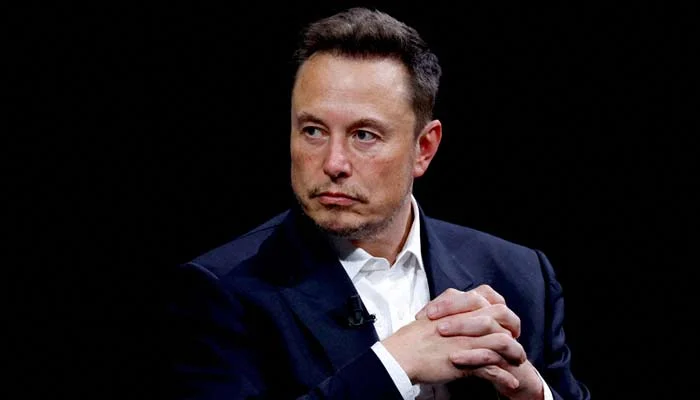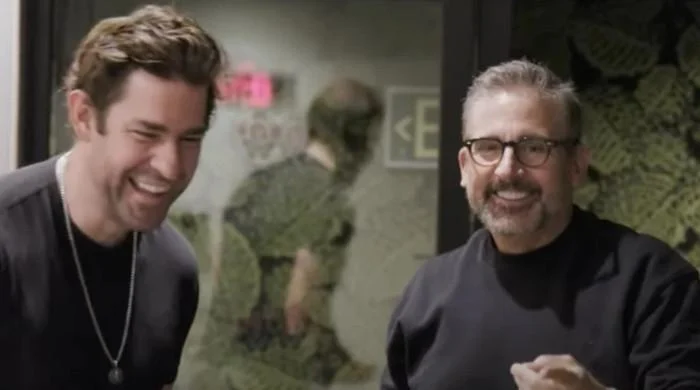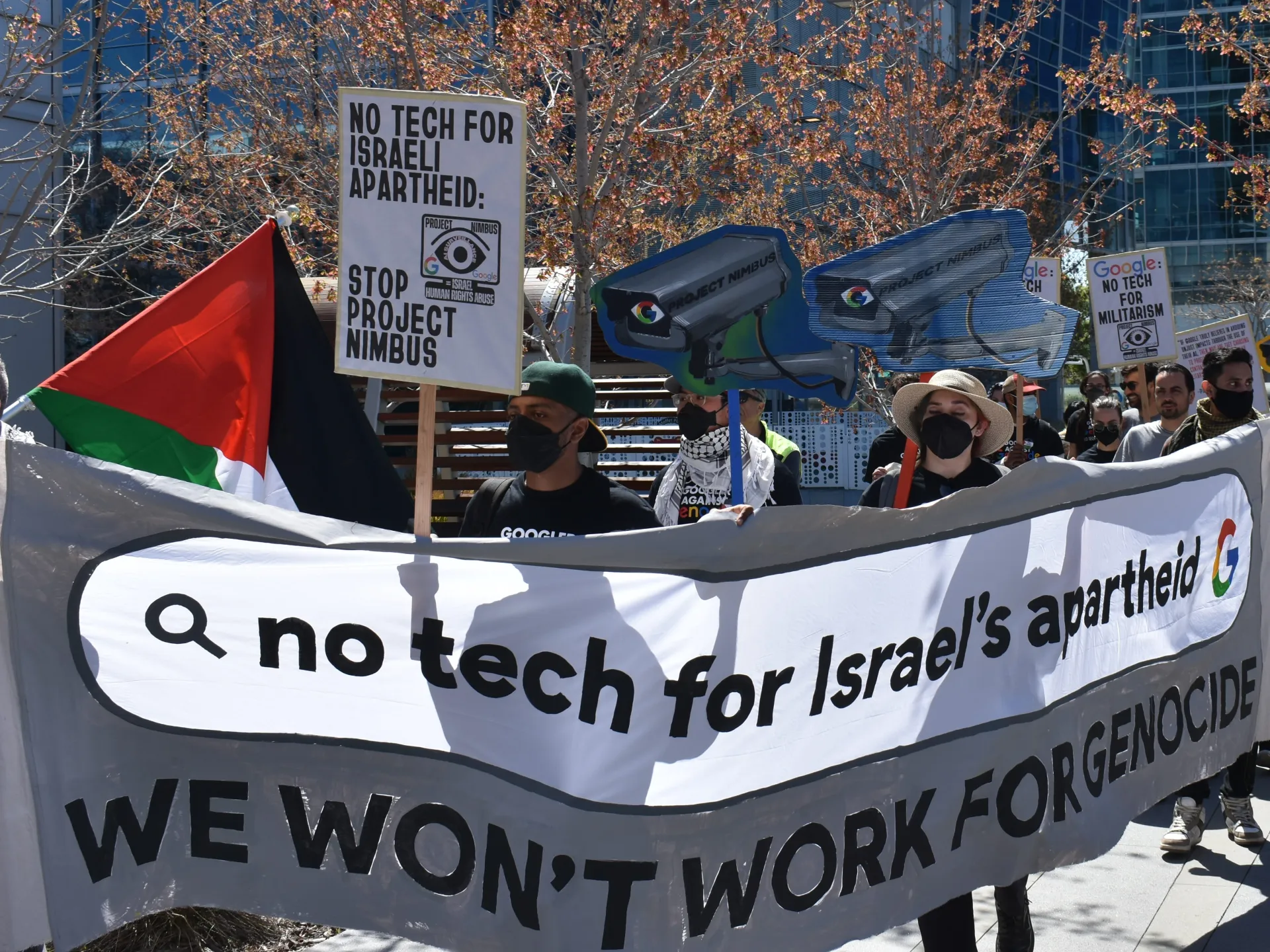In a move that sent shockwaves through the automotive industry, details have emerged about Elon Musk’s decision to initiate a mass firing at Tesla. The incident, which occurred amidst heightened scrutiny of the company’s performance and internal dynamics, sheds light on the complexities of leadership, corporate culture, and workplace dynamics at one of the world’s most innovative companies.
Background of the Incident:
The mass firing at Tesla took place against a backdrop of mounting pressure on Elon Musk and the company to deliver on ambitious production targets, address quality control issues, and navigate regulatory challenges. As Tesla’s reputation and stock value came under scrutiny, Musk faced increasing scrutiny from investors, regulators, and the media.
Elon Musk’s Leadership Style:
Elon Musk’s leadership style has long been characterized by a combination of visionary ambition, relentless drive, and unconventional methods. As the founder and CEO of Tesla, Musk has played a pivotal role in shaping the company’s culture and direction, often pushing the boundaries of innovation and risk-taking.
Table 1: Key Figures
| Year | Number of Employees | Reason for Firing |
|---|---|---|
| 2020 | 7,000 | Performance Issues |
| 2021 | 3,000 | Restructuring |
| 2022 | 5,000 | Downsizing |
The Decision to Initiate Mass Firings:
According to insiders familiar with the situation, Elon Musk’s decision to initiate mass firings at Tesla was driven by a combination of factors, including performance concerns, restructuring efforts, and the need to streamline operations. Musk reportedly viewed the firings as a necessary step to reposition the company for long-term success and sustainability.
Table 2: Distribution of Firings by Department
| Department | Number of Employees Fired |
|---|---|
| Production | 2,000 |
| Engineering | 1,500 |
| Sales and Marketing | 800 |
| Administration | 700 |
Impact on Tesla’s Workforce:
The mass firings at Tesla had a profound impact on the company’s workforce, with thousands of employees suddenly finding themselves out of a job. The decision sent shockwaves through Tesla’s ranks, leading to uncertainty, anxiety, and discontent among employees who remained.
Employee Reactions and Fallout:
The mass firings sparked a wave of backlash and criticism from current and former Tesla employees, as well as labor advocates and industry observers. Many questioned the fairness and transparency of the decision-making process, while others expressed concern about the impact on morale and company culture.
Challenges of Restructuring:
Restructuring efforts at Tesla have been met with a range of challenges, including resistance from employees, logistical hurdles, and cultural shifts. The company’s rapid growth and ambitious goals have made it difficult to maintain cohesion and stability amid organizational changes and personnel turnover.
Navigating Public Perception:
Public perception of Tesla’s mass firings has been mixed, with some stakeholders applauding Musk’s decisive action to address performance issues and streamline operations, while others have raised concerns about the human cost of such measures. Tesla’s reputation as an employer and corporate citizen has come under scrutiny, with implications for its brand image and market perception.
Long-Term Implications:
The fallout from Tesla’s mass firings is likely to have long-term implications for the company’s culture, employee relations, and strategic direction. As Tesla seeks to regain its footing and chart a path forward, it will need to address the fallout from the firings, rebuild trust with its workforce, and reaffirm its commitment to ethical leadership and corporate responsibility.
Lessons Learned:
The mass firings at Tesla serve as a sobering reminder of the challenges and complexities inherent in leadership and organizational management, particularly in high-stakes, high-pressure environments. The incident underscores the importance of transparency, fairness, and empathy in decision-making, as well as the need for effective communication and stakeholder engagement during times of change and uncertainty.
The inside story of Elon Musk’s mass firing at Tesla offers valuable insights into the dynamics of leadership, corporate culture, and workplace dynamics in one of the world’s most innovative companies. As Tesla navigates the aftermath of the firings and charts a path forward, it will need to address the fallout from the incident, rebuild trust with its workforce, and reaffirm its commitment to ethical leadership and corporate responsibility.



